Teach kids maths
7 Strategies for Teaching Children Mathematics
Math can be a difficult subject area for many kids to grasp. While some children may understand math concepts more intuitively, it may not be easy for others. This is where your role as a parent comes in. There are several ways parents can help their little ones practice and improve their math skills in order to succeed in this subject area. Read on for some helpful strategies to help you teach your kids about mathematics.
1. Start with countingLearning math begins with counting. Believe it or not, you can start teaching your little one how to count and other simple math concepts from a very early age. For example, if you have three apples, put them on the table and invite your child to count them with you. This type of activity helps young children begin to grasp the concept of numbers in their simplest form.
2. Use picturesPictures are helpful tools when teaching children math concepts. Incorporating visual aides and pictures can make concepts easier to understand for kids who are just beginning to learn how to count. In addition to helping children learn what each number looks like, pictures can also be used to teach kids about addition and subtraction. If your little one is having trouble grasping these types of basic math concepts, pictures can make all the difference.
Flashcards are also effective teaching tools when teaching kids mathematics. They provide a hands-on learning experience, and can be made easily at home with everyday items you might have on hand. For example, if your child is struggling to remember what number five looks like, there’s no need to go out and purchase expensive flashcards from the store. Instead, grab some index cards and write numbers one through five on each card with a marker. Then use a dry erase marker or crayon to draw the corresponding amount of objects on each of the dots representing that particular number.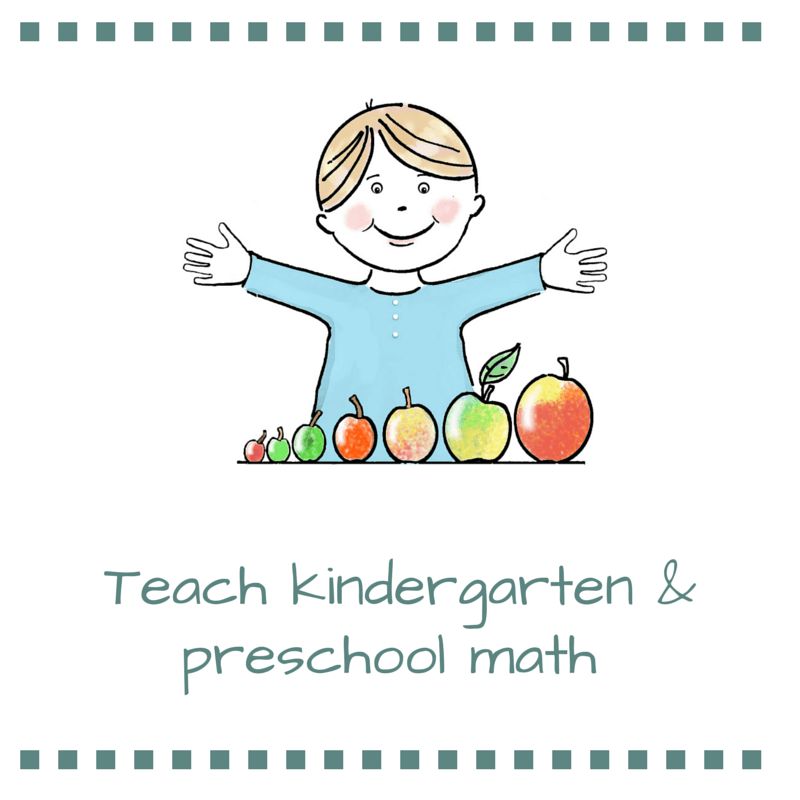 In this case, draw four stars on four dots and five stars on the fifth dot. Do this for each of the numbers one through five.
In this case, draw four stars on four dots and five stars on the fifth dot. Do this for each of the numbers one through five.
Learning about math doesn’t have to be a dull, boring experience for kids. There are plenty of ways to incorporate math concepts into your daily life in ways that make learning more exciting and engaging.
For example, if your little one is learning about fractions, you can cut up an apple into two equal sized pieces so your child can see what “half” looks like. Kids are often able to grasp the concept more easily when teaching is woven into their everyday lives rather than from a textbook or in a traditional classroom setting.
5. Use hands-on teaching toolsThere’s a variety of ways you can teach your child about various math concepts by incorporating hands-on teaching tools, many of which you can find around your home or at school. While these teaching aids are primarily intended to teach children how to count, they can also be used to help them learn other basic math concepts as well.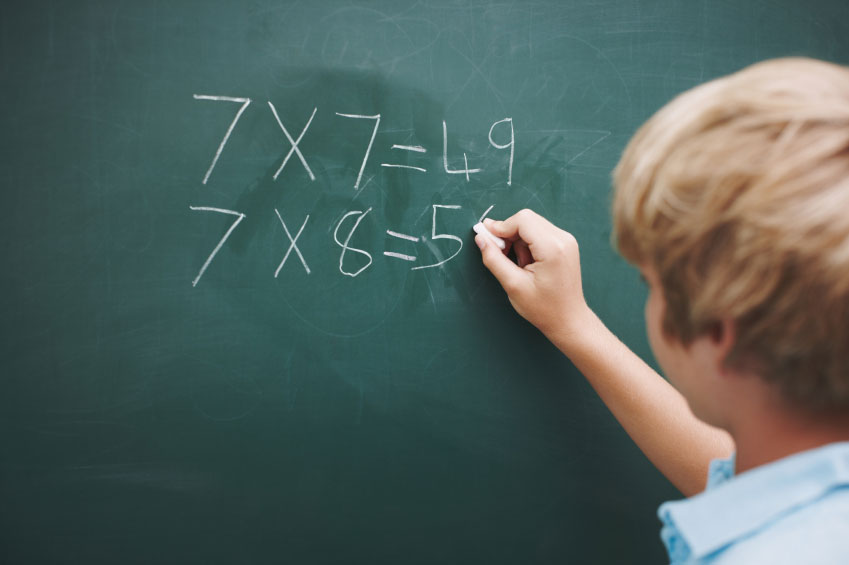 Give some thought to how your child might learn best before introducing any of these teaching tools. Otherwise, they can prove to be more a distraction than an asset for both of you.
Give some thought to how your child might learn best before introducing any of these teaching tools. Otherwise, they can prove to be more a distraction than an asset for both of you.
Math games are a simple and fun way to help kids learn how to solve math problems while they’re having fun. Games like Yahtzee, Baffle, and Dominoes all use the process of addition. To make learning more accessible for your little one, you can teach them how to play a variety of math games at home with everyday items you have on hand.
7. Use everyday objectsTeaching kids about mathematics is even easier when you use everyday items. For example, you can always use a ruler to teach kids about measurements, and an egg carton is a great tool to demonstrate the concept of multiplication with small groups of objects.
These are just a few of the easy ways you can use to help reinforce basic math concepts with children. Follow these tips to start teaching your little one about math quickly and effectively.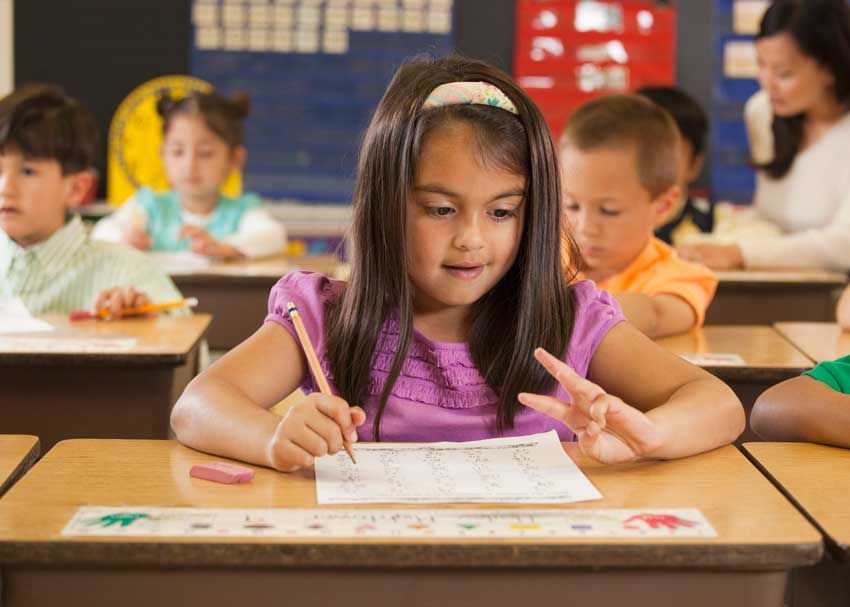 Math concepts are an integral component of your child’s academic journey, as they are needed in order to succeed in school and beyond. Follow these tips to make learning math more fun and engaging for your child.
Math concepts are an integral component of your child’s academic journey, as they are needed in order to succeed in school and beyond. Follow these tips to make learning math more fun and engaging for your child.
At The Pillars Christian Learning Center, we strive to empower children by identifying, acknowledging, and appreciating the diverse needs and talents of each child, and helping them know and understand they are accepted and valued for their uniqueness. Visit our website to learn more!
How To Teach Math To Kids ?
Mathematics may be the most challenging subject out there, whether it is for kids or adults but either way a compulsory one to aid in academic and practical life. And in an attempt to make it easy to learn Math, it is ideal that it is done from a very young age. How to teach math may seem daunting but can be fun and exciting for a teacher, parent, and student.
Whether your kid is homeschooled or goes to regular school, learning how to teach math may be a great initiative to mold the child in thinking mathematically.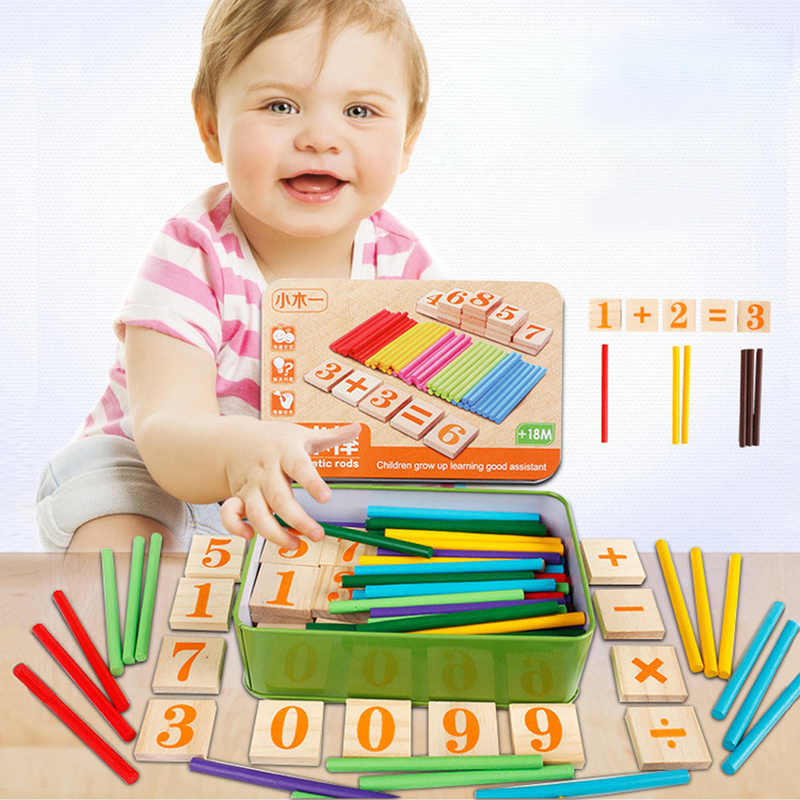 That is why we have devised a list with easy, quick steps to teach Math that is fun and effective and not bound to the traditional style of teaching.
That is why we have devised a list with easy, quick steps to teach Math that is fun and effective and not bound to the traditional style of teaching.
So get your pens and pads to learn few ways beyond pencil and paper to make math fun for kids.
Ways to teach math to kidsIncorporate Math In GamesIt is important for children not only to know about the number but also to recognize them and differentiate them in written form. An excellent way to teach mathematic to kids is to use games; it makes it more fun and exciting but allows kids to identify numbers and use them more often (as they will start associating a number with games/fun activities). Hopscotch may be the easiest way to start the fun learning experience for a more indoor sit-down game number puzzle, and Chutes and Ladders may be ideal. For a bit older kids, games like Yahtzee, Monopoly may be a good source of knowing numbers and basic math principles like addition and subtraction. And if giving extra time is not feasible, turning to external help is always okay. The great way is installing mathematical games on phones and tablets, which will keep them hooked, entertained, and informed.
And if giving extra time is not feasible, turning to external help is always okay. The great way is installing mathematical games on phones and tablets, which will keep them hooked, entertained, and informed.
Baking pizzas is another excellent way to teach basic mathematic principles like addition, subtraction, multiplication, division, and even fractions – and not to mention a delicious method, to begin with.
Moreover, it also helps to make kids understand geometry by using shapes from basic to advanced, 2D and even 3D. This will help them to learn and identify shapes and will allow them to explore further possibilities of shapes while having fun, taste, and learning.
Try A Professional InstructorTeaching Math isn’t easy especially for parents without teaching experience. Why not leave the hard task to a pro? With over 200 state certified instructor, Classover offers one of the best learning experience for your kids.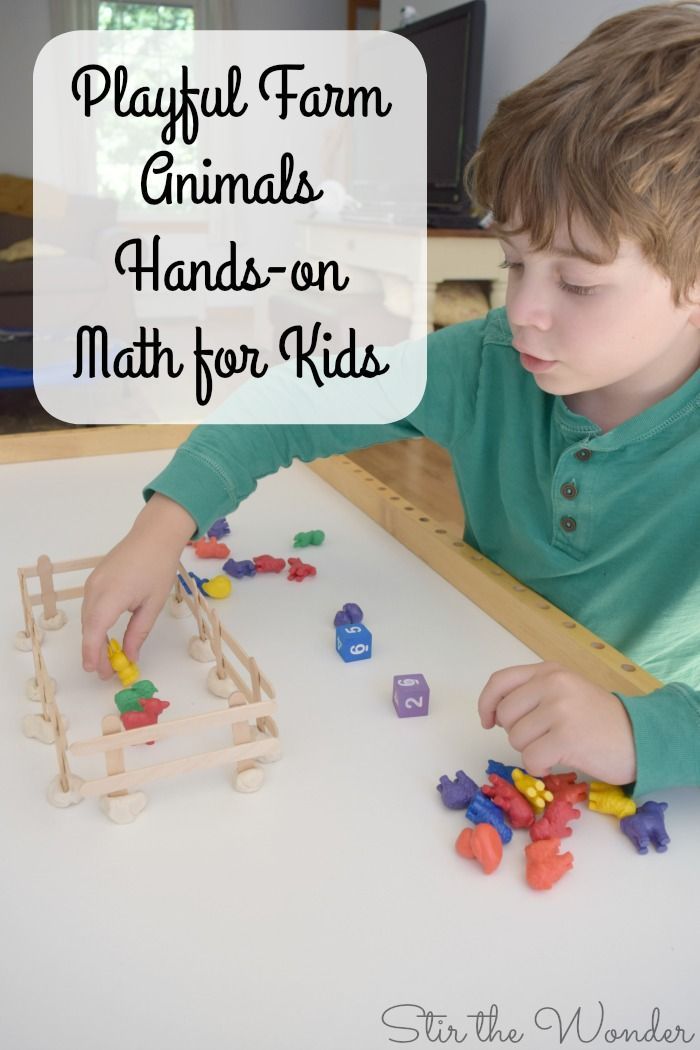 For an affordable price, you can kick back and relax while a certified teacher help your children excel in math.
For an affordable price, you can kick back and relax while a certified teacher help your children excel in math.
Try Classover For FREE and see immediate improvement!
Making Use Of ArtArt itself has great benefits for kids, and when incorporated with mathematics, it not only makes it fun but doubles the benefits while ensuring seamless, effective learning of both subjects. An easy way of incorporating art will be making kids color images according to the numbers on the images.
Another interesting way would be trying origami; the folding of the paper will help with basic math principles such as division and fractions while simultaneously assist in learning tactile geometry. In knowing how to teach math to kids, one thing needs to be remembered that depending on the age bracket, the complexity should be selected, not based on the final look of the design.
Music In MathMusic is a great tool to use for recall purposes, and incorporating it with math will ensure kids’ inclination towards the subject and will help them in remembering numbers and basic math principles.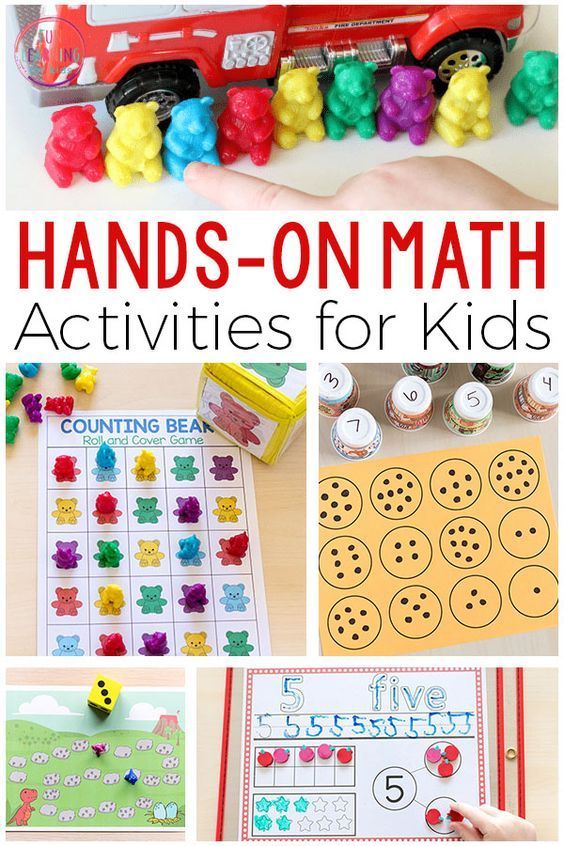
For a more advanced way of learning how to teach math through music, using music components like a quarter, half, and whole notes (one, two, and four beats) can be very effective in learning and practicing counting. Music can also facilitate learning addition and subtraction, even simple math problems, through using a different number of beats, for example, a quarter note (2 beats) + a half note (1 beat) = a dotted half note (3 beats).
CountingThe most basic yet essential step to get the mathematical juices flow. The best way to foster mathematic learning is to casually incorporate counting in day-to-day life like counting plates on the table, counting fruits, toys while putting them away, counting fingers, and more. Seeing numbers being used in speech, kids will automatically start picking it and doing it themselves. It is important to get the child to familiarize themselves with numbers to transition to basic mathematical principles with ease. And don’t forget to count backward and forward both.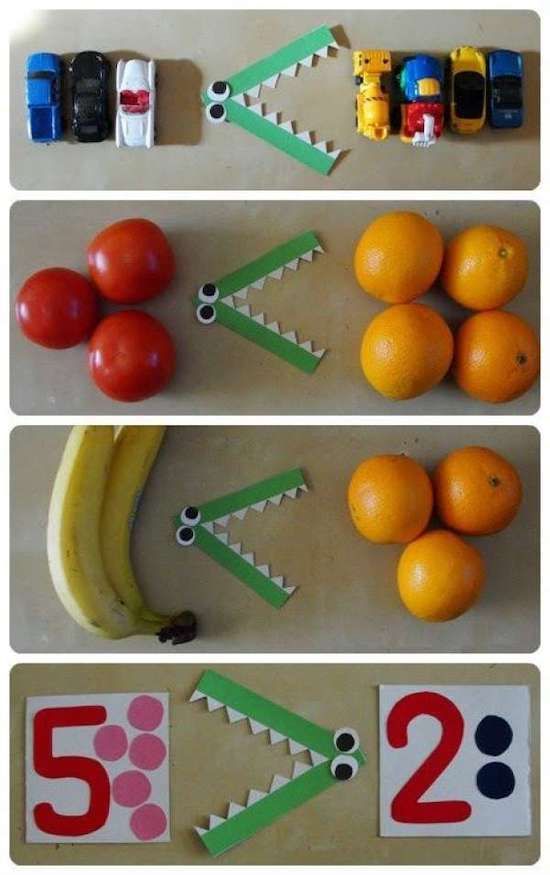
This may be one of the coolest gadgets to own as a kid; the colored beads, the wire, and the freedom to explore make it an ideal product to familiarize kids with number identification and basic math principles such as addition, subtraction, multiplication, and division as well as foster problem-solving skills in them. It is one of the most prominent answers to how to teach math to kids, a great investment indeed.
Occasional QuizAdults may not, but kids for sure love challenges, and what’s more interesting than testing them with math equations. From testing them randomly or playing a guessing game, or even scavenger hunts, evaluating kids on their math knowledge can help understand where they are standing and their struggling areas.
Use Daily Activity As Teaching OpportunityUsing math in daily routine may be the most brilliant strategic way of ensuring that the kids learn consciously or subconsciously. Hence adhering to mentioning numbers, using basic math principles is a great way to incorporate lessons without letting them know about it. It can be done in various way that doesn’t require extra time or effort;
Hence adhering to mentioning numbers, using basic math principles is a great way to incorporate lessons without letting them know about it. It can be done in various way that doesn’t require extra time or effort;
– Counting cars at stop signs
– Allowing them to buy several items or play arcade games with a set amount
– Making them count the money/exchange
– Letting them counts days till their birthday
– Asking them to identify various number
– Teaching them how to tell time
– Asking them how much will something cost and how much will they get back if given a big note and other similar questions
These methods will indeed facilitate teaching math to kids while making them enthusiastic and interested in learning more mathematical wonders. We hope this helped in getting some tips and tricks on how to teach math to kids, and trust us, once this mathematical wagon starts to speed up, these little mathematicians will be teaching the teacher (you) math soon.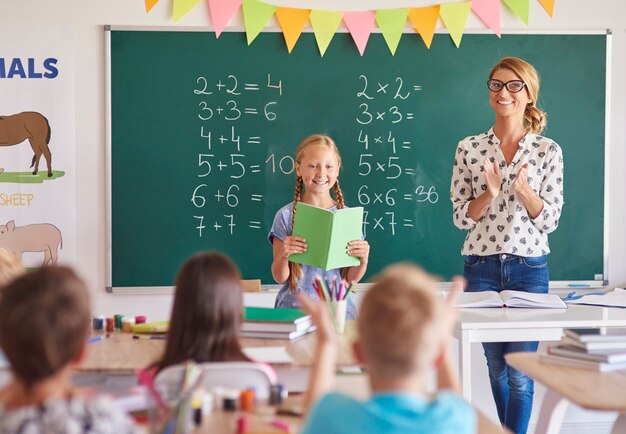
How to teach mathematics to young children. And is it necessary? Often parents do not fully understand when and what it is time to do with their children. And when a child at the age of one and a half or two is told: “Come on, baby, we will learn letters and numbers” - this is not for age. And what about age? How to do math with the little ones?
1. Play. Many
Play is a natural state for young children and their main activity, including cognitive. In the game, information is best absorbed and skills are mastered. If you want your child to understand something, play it with him. The language of the game is the most understandable language for children.
2. Translate everything into body language
Everything that we do with the child should be passed through his body. Through the game and through the body.
In our classes with kids, we translate everything into some movements understandable to the child. Wave with one hand, wave with both hands. Stand on one foot, pat one knee, hide one knee, hide two knees. Hide one ear. How many fingers I raised - knock so many times. How many times I say meow, so many times jump. How many times I clapped, take so many steps.
Stand on one foot, pat one knee, hide one knee, hide two knees. Hide one ear. How many fingers I raised - knock so many times. How many times I say meow, so many times jump. How many times I clapped, take so many steps.
We translate one movement into another, and then we begin to translate them into quantity. We speak to the child in the language of the body of the child - the language he understands.
3. No abstractions
four-five-..." and so on. But this is not yet an account.
Right. Draw some line and say: “here I have 1, here I have 10, here I have 20, show me where 15 is.” And when he counts, then he will know where 15 is. And until he goes through all the steps in order, he does not know.
What do we do when we work with preschoolers in our math clubs?
- First, we advise parents not to rush into counting.
- Secondly, we make maximum use of various counting materials. Everything that we count, we must count on some objects.
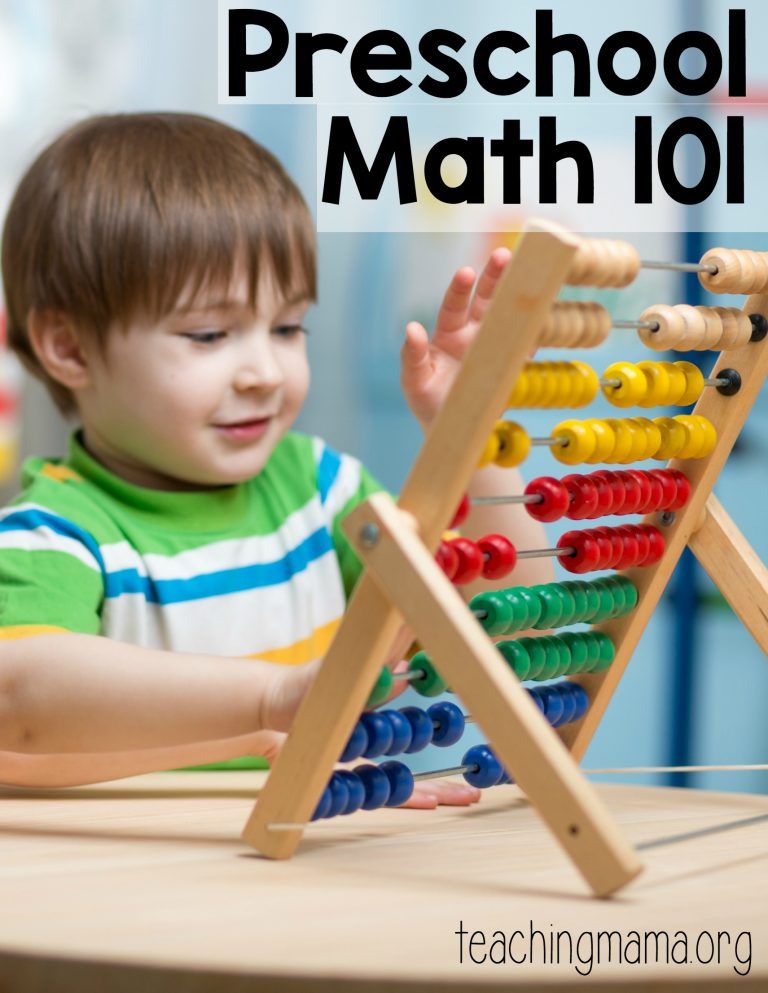
Example. For four-year-olds, for example, playing with counting beads is like magic or a trick in a circus. You can put any beads on a string - five of one color, five of another. This is quite enough for a small child. And then you squeeze a few beads in the middle into a fist: “How many beads have I hidden now? What colour?". And then the child says: "Let me guess for you, and you guess." He thinks to me, and I look and say - yeah, you hid one blue and two red ones. The child opens his palm - and indeed, one is blue and one is red!
We use everything: counting sticks, counting cubes and just cubes, numikon and its Russian analogue, which is called "Alice", count on the fingers (we definitely count on the fingers!) ... When the children are all these 1-2-3-4 -5 touch them with their fingers, shift them from hand to hand or from bunch to bunch, they will begin to understand them.
4. Choose, compare, do the same...
In fact, these are logical tasks.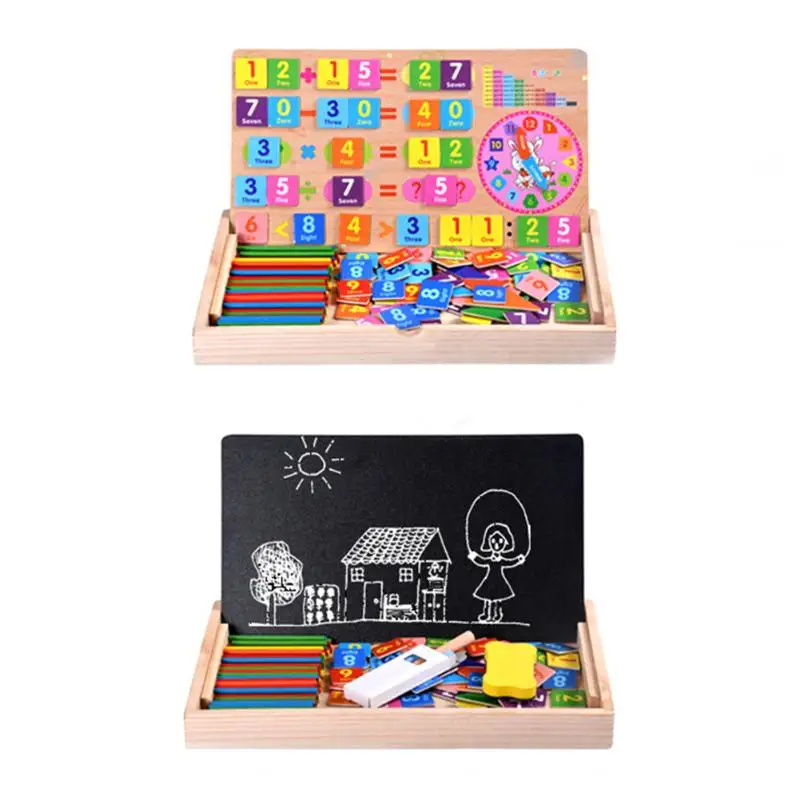 Identification of similarities, differences, patterns. And children cope with them, and do them with passion and very diligently.
Identification of similarities, differences, patterns. And children cope with them, and do them with passion and very diligently.
For very young children (2-3 years old), we ask you to arrange the cubes: red ones on a red plate, blue ones on a blue one. It happens that children do not yet know what word what color is called, but they cope with the task.
Everyone coped, you can move on. Here I will put a turret of three cubes, you put the same one. Many children say: "No, I'll add this, and you repeat it." Also good. In this version, you can make a small mistake and ask the child: “I definitely did it, how did you do it? And look carefully? Or maybe this cube needs to be moved to the edge? Or turn the triangular cube the other side?
5. Speak
What other tower can be built from the same three cubes? Yes, a triangular cube on the side, not just on top. And now - another one, similar to the first one, but it has a cube on the edge. And we voice everything we do.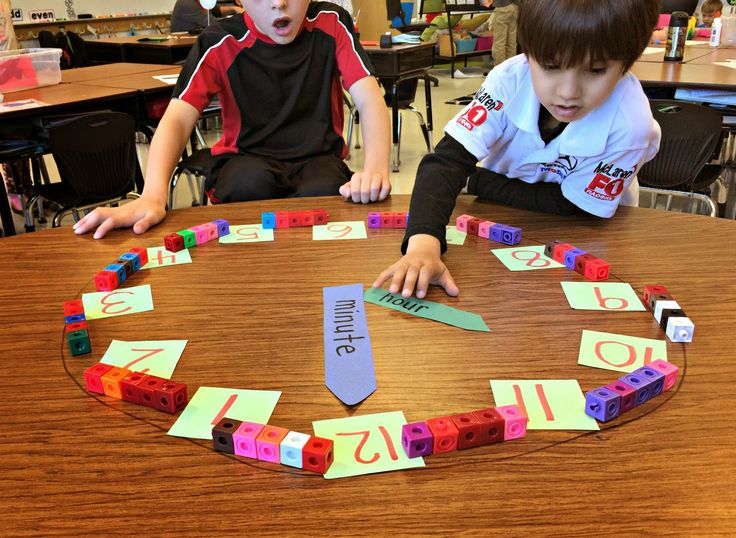 Because without speech, we will not move anywhere. On, above, below, in the middle, on the edge... This is important, this is spatial thinking.
Because without speech, we will not move anywhere. On, above, below, in the middle, on the edge... This is important, this is spatial thinking.
With children from four years old, you can build according to schemes, from five years old, you can sketch what you have built in the cells.
Lessons with toddlers (2-4 years old) should be playful! Everything that the child learns, he must beat, as well as feel with his body and touch with his own hands. The time for abstract concepts will come later. Now the child should play, move, talk and touch!
Photo: Shutterstock (pan_kung)
examples and ways to solve math problems for parents
Throughout their education, students have to solve problems - in elementary school in mathematics, and then in algebra, geometry, physics and chemistry. And although the conditions of problems in different sciences are different, the methods of solution are based on the same logical principles. Understanding how a simple math problem works will help your child develop algorithms for solving problems in other areas of science.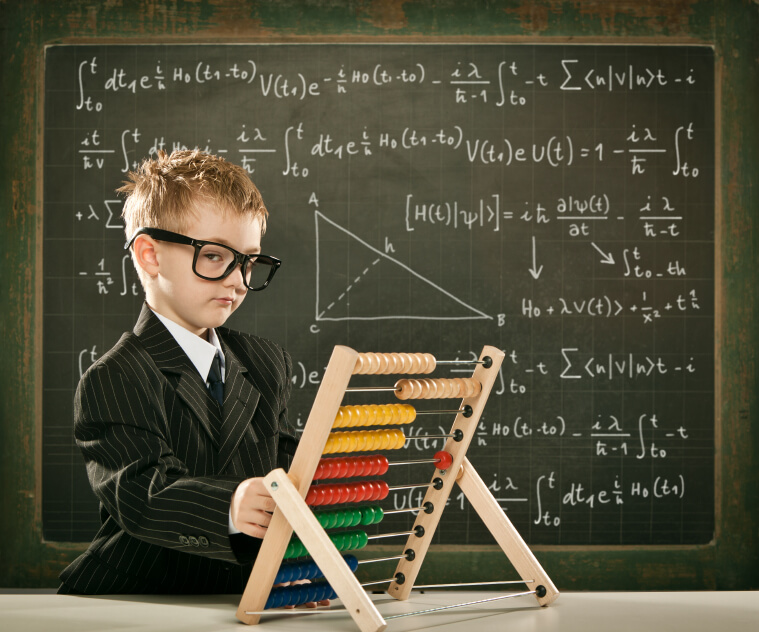 Therefore, it is necessary to teach a child to solve problems from the first grade.
Therefore, it is necessary to teach a child to solve problems from the first grade.
It is not uncommon for children to resist exact sciences. Seeing this, teachers and parents enroll such children in the "humanities", because of which they only become stronger in the opinion that the exact sciences are not for them. Mathematics teacher Anna Eckerman is sure that problems with mathematics are often purely psychological:
Children are taught that mathematics is difficult. Long boring paragraphs in the textbook are difficult to approach. The teacher puts on the child the stigma of "triple" or "losers". If you do not inspire children that they are stupid and they will not succeed, they will succeed in exactly everything.
For a child to be interested in learning mathematics, he must understand how this knowledge will be useful to him, even if he is not going to become a programmer or engineer.
Mathematics helps us count money every day, without the ability to calculate the perimeter and area it is impossible to make repairs, and the skill of drawing up proportions is indispensable in cooking - use it.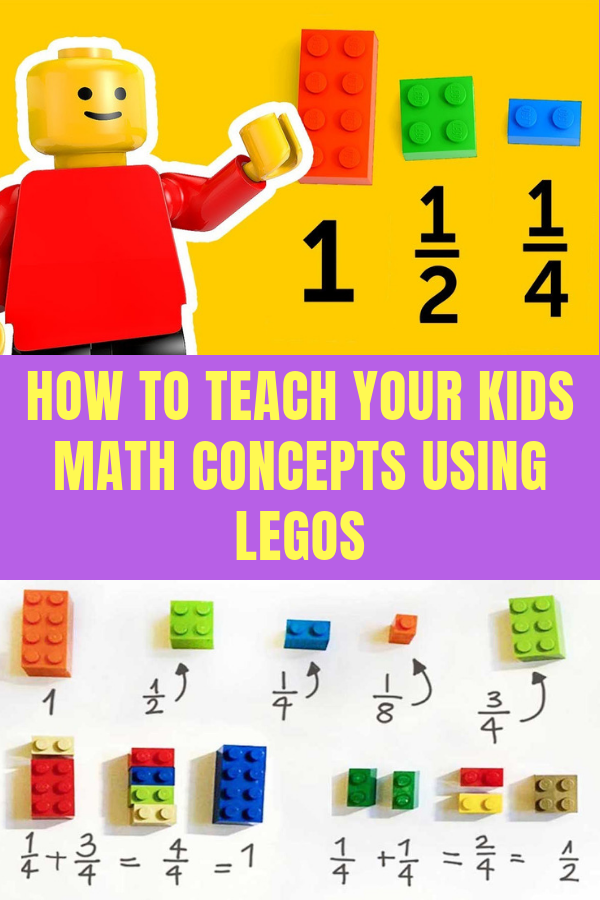 Turn daily household questions into mathematical tasks for your child: let the benefits of mathematics become obvious to him.
Turn daily household questions into mathematical tasks for your child: let the benefits of mathematics become obvious to him.
Of course, it is not so easy to find a use for irrational numbers or quadratic equations in everyday life. And if the benefits of this knowledge raise questions in a teenager, explain to him that with their help we train memory, develop logical thinking and sharpness of mind - skills that are equally necessary for both "techies" and "humanists".
<
How to teach your child to solve problems
If your child is just starting to master the skill of solving problems, teach him to stick to a certain algorithm.
1. Read the conditions carefully
Better out loud and several times. After the child has read the problem, ask him questions about the text and make sure that he understands that you need to calculate the number of mushrooms, not cucumbers. Try not to be nervous if the child has missed something.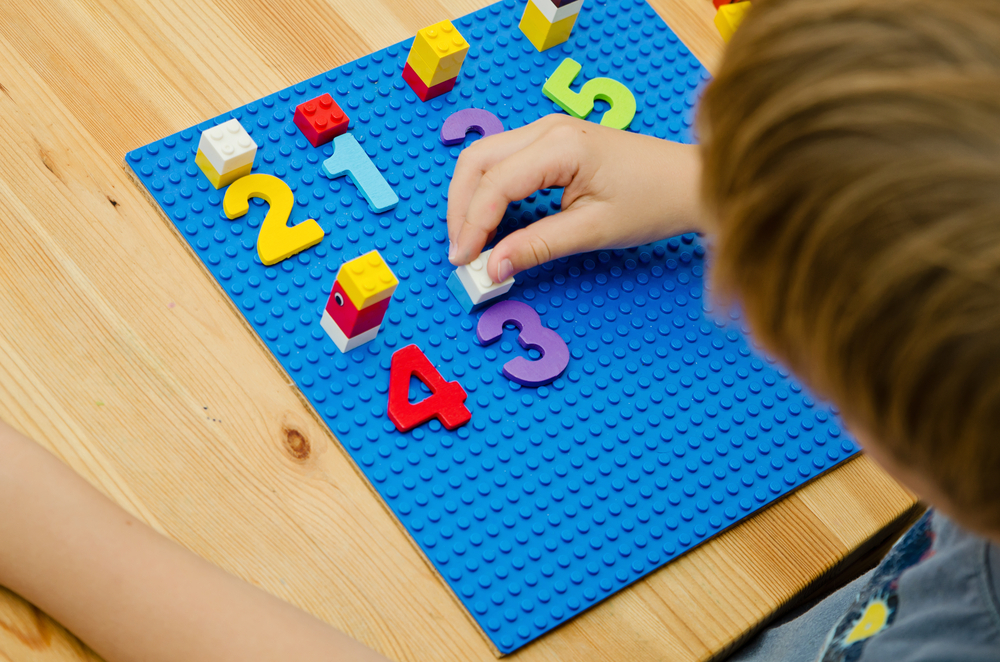 Let him figure it out on his own. If the conditions mention realities unknown to the child, explain what it is about.
Let him figure it out on his own. If the conditions mention realities unknown to the child, explain what it is about.
Particularly difficult are tasks with an indirect question, for example:
« One dinosaur ate 16 trees, which is 3 less than the second dinosaur ate. How many trees did the second dinosaur eat? ". Having inattentively read the conditions, the child will count 16−3, and will receive the wrong answer, because this task actually requires not subtraction, but addition.
2. Making a description of the problem
Presenting data in the form of a diagram, graph or drawing will help in solving some problems. The brighter the image is formed, the easier it will be to comprehend it. Visual recording will allow the child not only to quickly understand the conditions of the problem, but also help to see the connection between them. Often a solution plan already emerges at this stage.
The child must clearly understand the meaning of verbal formulas and know what mathematical operations correspond to them.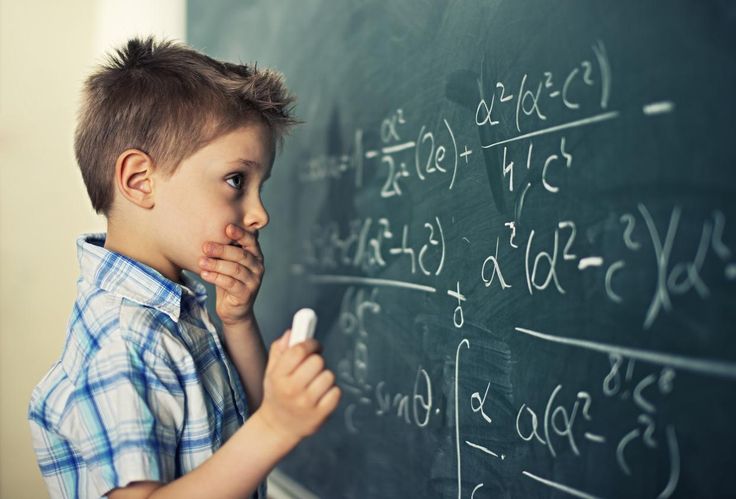
3. Choosing a solution method
A visually written condition should push the child to find a solution. If this does not happen, try asking leading questions, illustrate the problem with the help of surrounding objects, or play a scene. If one explanation doesn't work, come up with another. Repeating the same question over and over is not effective.
All, even the most complex, mathematical problems are reduced to the principle “from two knowns we get an unknown”. But finding this pair of numbers often requires several steps, that is, decomposing the problem into several simpler ones.
The child must know how to obtain unknown data from two known data:0076

4. Wording of the answer
The answer must be complete and accurate. This is not just a formality: considering the answer, the child gets used to taking the results of his work seriously. And most importantly, the logic of the solution should be clear from the description.
Foxford Online Home School Algebra Basic Course 7th Grade
One of the most common mistakes is not providing the data that was originally asked for in the answer. If such a problem occurs, you need to return to the first paragraph.
5. Consolidation of the result
Do not think that after completing the task once, the child will immediately learn to solve problems. The result obtained must be recorded. To do this, think about the solved problem a little more: invite the child to look for another way to solve it or ask how the answer will change if one or another parameter in the condition changes.
It is important that the child has a clear algorithm of reasoning and actions in each of the options.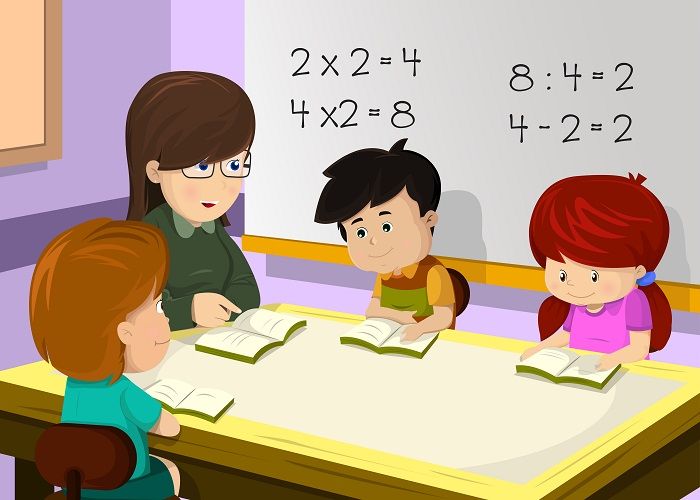
In our online school, in addition to lessons, students can consolidate their knowledge at consultations in the format of open hours, where teachers analyze topics that caused difficulties, show unusual tasks and various ways to solve them.
<
